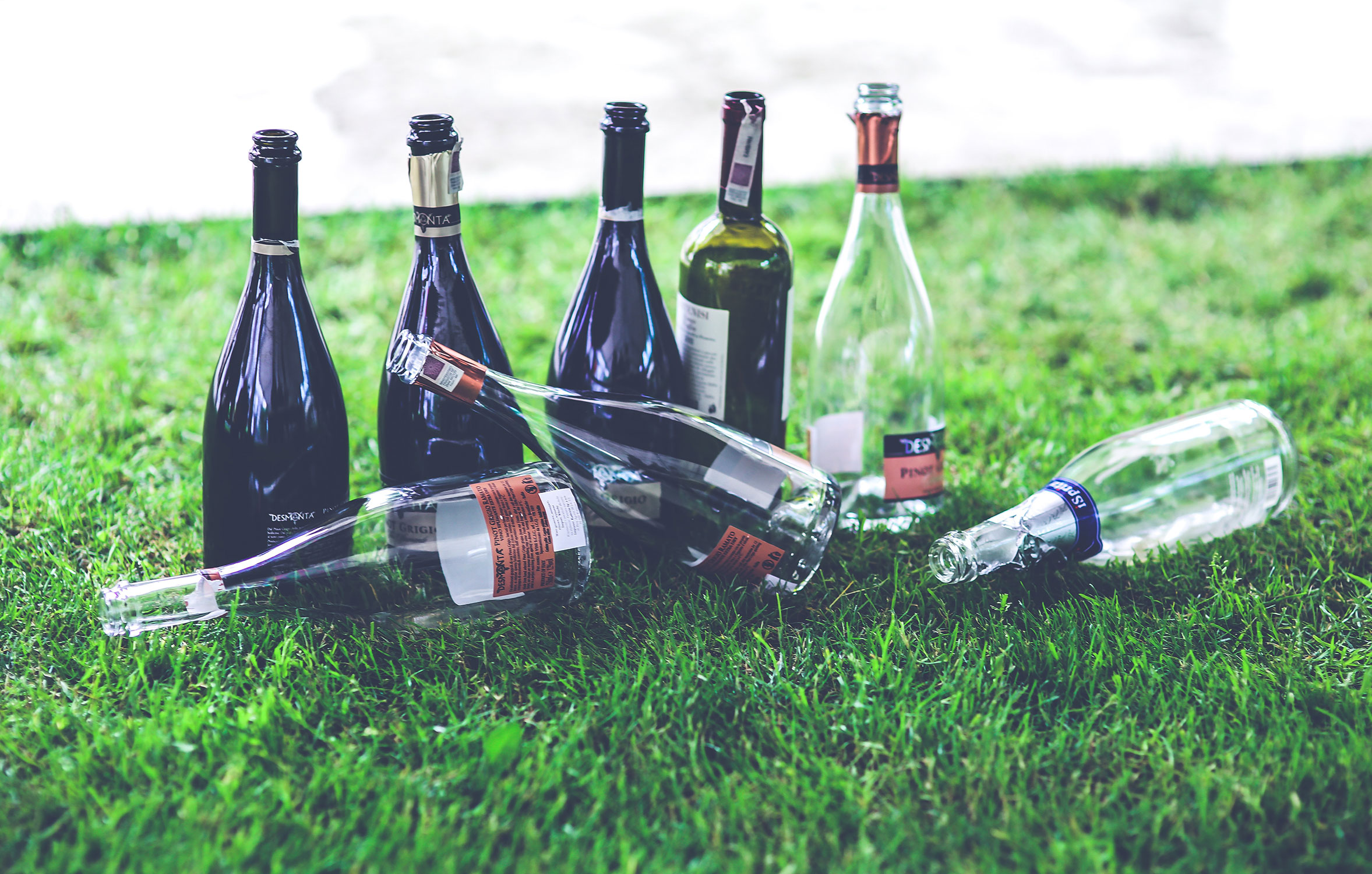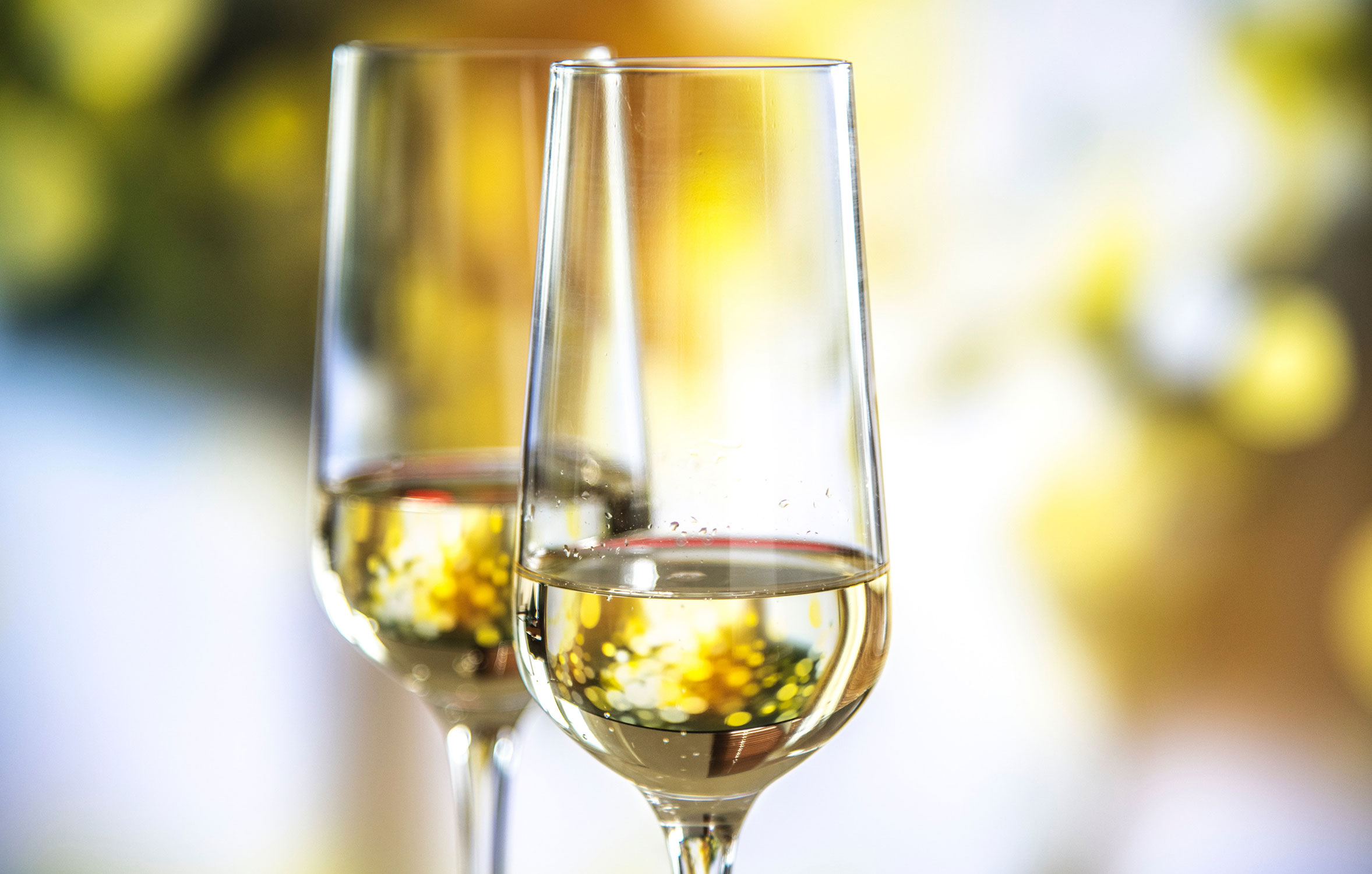A Bit About Dry Champagne
Dry champagne is popular. It’s trendy. It is created by adding less sugar or even removing sugar, which creates different types of dry champagne. As champagne is created by grapes, there are always going to be naturally occurring sugars floating around the glass. The higher amount of sugar in the grape, the sweeter the champagne.
But something dryer is fashionable at the moment. Something where the sweetness has been toned down and the experience has been enhanced to suit a different occasion. Friday night drinks with a few work friends may be the perfect opportunity to buy something sweeter, but for a real celebration, with marquees and bunting, dryer champagne is the way to go at the moment.
The Types of Dry Champagne
So what’s the difference between a brut or a demi-sec? It’s all about sugar content and the processes in making the champagne itself. It’s about the step in making champagne called ‘dosage’. For the sweetest of champagnes, a bit of grape must or sugar is added back into the drink before corking to reduce the acidity and to make the drink sweeter. This step is vital, and explains the differences between champagnes. You have doux, demi-sec, dry, extra dry, brut, extra brut and brut nature in descending order of sugar content and, therefore, sweetness.
So Why Dry Champagne and Not Brut Nature?
Dry champagne is where the lines cross. It’s not too acidic, but it’s not too sweet either. It’s a great drinking experience out in the beautiful sunlight. It’s refreshing, and easy to drink, as less sugar means that it’s less carbonated. There are much less breaks to let the bubbles go down when you’re drinking dry! If you want the best dry champagnes, though, you’ll want to look at brut champagnes. These are about as dry as champagne can get before the acidity becomes to high and impairs the flavour, and they’re the most popular dry champagnes on the market today!
Which Dry Champagne Brand should I buy?
We’ve come up with a simple list of the top ten dry champagnes on the market.
1) De Venoge, Louis XV Rosé, Extra Brut, Champagne 2002
This old classic is stylish to look at and to drink. Pouring from an impressive looking bottle and with light notes such as syrup and strawberry, this is easily one of the finest champagnes on the market. It is, however, pricey and will set your wallet back by a couple of hundred. Great for a one-time special occasion, such as a wedding or a graduation, but try not to get too much of a taste for it!
2) Nicolas Feuillatte Brut Réserve
A lot more affordable, this exquisite champagne is something you can drink more often. Keeping its price low from the dedicated work of over five thousand family growers, this is a wine where the hard work and effort that went into it’s creation is easy to taste. Just try it with one sip and you may never go back.
3) Taittinger Brute La Français
Delicate, stylish and elegant, Taittinger Brute is dry and light. Better than most sweet champagnes on the market, this is for the one who wants the best of both worlds. Low prices, but still filled with dedication, a lot of craftmanship has gone into this champagne, and it makes all the difference.
4) Veuve Fourny & Fils, Cuvée Cru, Extra Brut
A family business, Veuve Fourny and sons have always had a great love of champagne and wines. Raising their business to another level, the sheer talent goes into this extra brut champagne. Citrussy and chocolatey, the wine is sweet without compromising the sophisticated dryness that you will notice at first taste.
5) Charles Heidsieck Brut Réserve
This champagne has every right to be as good at it is. Blended, like most champagnes, this champagne has a long and dedicated history. Through experiments and intense knowledge and craftsmanship, this champagne has only got better and better as its creator’s skills grew and grew.
6) Delamotte Brut
At first glance, this champagne may seem expensive. This is because it’s the sister champagne house to Champagne Salon, a champagne house that is incredibly expensive. However, while there are similarities in the talent and the incredible taste of both houses, Delamotte is much more affordable. So if you’re looking for something impressive but not looking to empty your pockets, this is the champagne for you.
7) Bollinger Special Cuvée
This wouldn’t be a list of the top ten brands of dry champagne without Bollinger Special Cuvée. The quintessential champagne for celebrations, this full-bodied champagne is more rich than delicate. It’s something to hold in your hand when you’re mingling at that garden party. It’s something to sip every once in a while to feel that warmth. It’s something to enjoy while you celebrate the day away.
8) Ruinart Blanc De Blancs Brut
Literally meaning “white from white” this champagne is made with 100 percent Chardonnay. This is because of the type of grapes used in the process of making the champagne. White grapes have typically less naturally occurring sugars and juices than red grapes, making them harder. The way this translates into wine is exquisite, creating something dry and refreshing for any hot day of the week.
9) Philipponnat Royale Réserve Brut
The wine for the collector. If you’re ever in the champagne region in France, drop into the vineyard that creates this champagne. You won’t regret it. Less rare than its sister wines, its luscious taste would justify any level of rarity. This champagne is for the adventurer and the connoisseur.
10) Billecart-Salmon Brut Réserve “Red”
Beautifully salmon in it’s shade, this wine not only helps your taste buds experience something glorious, it also helps change the world. For every purchase, this brand of wine donates $5 to RED, a charity that endeavours to help fight the spread of AIDS throughout the African continent. Light on the lips, but fighting the good fight, this is one of the best dry champagnes on the market.

